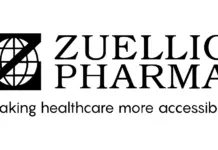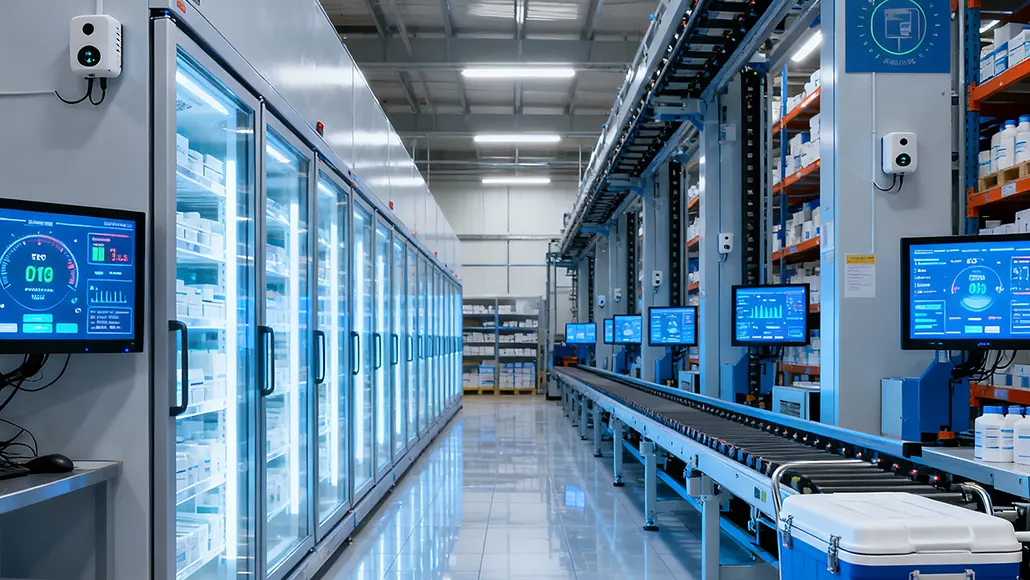Massive transitions in the healthcare market have gone on to push the pharma sector into some painful shifts in the years that have gone by. It is quite evident that the traditional commercial model has gone on to get upended permanently. In 2024, one can expect economic pressures, sweeping sector-wide changes in competition as well as market expectations, along with a tightening of the worldwide regulatory environment, to intensify.
Addressing these issues indeed requires a necessary pivot to a new market-driven model, but as history continues to remind us, it is much easier said than done. A recently released report by Forbes as well as Numerof & Associates 2024 Global Pharma Outlook puts forth some of the important areas where pharma companies will go on to face great issues as they fundamentally rethink old assumptions about their present business model.
It is well to be noted that the physicians who once drove those decisions are, at this stage, just one voice in the room. C-suite executives as well as population-based decision-makers- PBDMs, who sit on cross-functional committees in massive integrated delivery networks- IDNs, now happen to hold the clout. This has brought into effect a new approach to managing large enterprise accounts.
The 2023 Commercial Model Report survey found that commercial leaders are coming up with more experienced account teams that are led by national account managers, key account managers, or even strategic account directors. These people and the teams they orchestrate are growingly bringing the advanced skill sets needed to engage IDN administrators and answer a range of pointed questions, from pricing considerations to reimbursement assurances to giving out a product’s value relative to competitors and articulating the evidence of enhanced clinical outcomes over standards of care that are operational at present. This novel approach to strategic account management happens to be very much a work-in-progress, as organizations struggle to sync internally on an optimal approach. As one respondent told, it feels radical, though far from smooth, as it’s turning the whole organization upside down.
Significantly, increased hospital consolidation has thereby led to other changes at the customer level. Not only does the customer appear far different than just five short years ago, but the means by which manufacturers engage their customers has also shifted. When COVID-19 hospital lockdowns compelled the sales teams to communicate by way of Zoom calls as well as email, many executives went to perceive that it would be a setback but temporary. But even as hospital access has largely resumed, consistent staffing shortages along with increased workload demands have put a premium when it comes to physicians’ time. Diminished access, in turn, has also forced manufacturers to rethink their approach to customer engagement.
While in-person meetings would still be important in certain cases, virtual engagement happens to be here to stay. Their Commercial Model report went on to find that in most organizations, 50-70% of customer engagement now takes place virtually. Though this has given some push to omnichannel as well as other novel forms of engagement, which include enhanced digital marketing along with data analytics capabilities, customer engagement remains a challenge. As per one of the survey respondents, the effectiveness of digital still remains to be a moving target. They are not confident that they are really reaching the objectives they need to hit effectively through this format.
As manufacturers go on to think strategically about how they take care of large enterprise accounts as well as engage with customers, functional complacency has also been shattered due to increased regulation.
It is well to be noted that price regulations in the Inflation Reduction Act- IRA in the U.S., teamed with sweeping regulatory industry reforms throughout Europe, have gone on to make manufacturers re-examine core assumptions about their respective approaches to R&D, portfolio pricing, market access, budgets, as well as underlying costs. In regards to the IRA, companies are facing a hard and new reality: that it will have quite broad, downstream effects on their portfolios. While their product will most likely not be subject to the IRA in the short term, it will catch up very soon when it comes to the negotiation process, opined one survey respondent. And, while pharma companies have gone on to file court issues with the IRA, the fallout from the law has already taken place. And apparently, the industry must brace for more pushback from lawmakers, regulators, and other stakeholders who, emboldened due to the IRA victory, keep trying to rein in big pharma.
It has been for years that the impact of a range of healthcare delivery stakeholders has been increasing. Bringing value to healthcare, payers’ power has risen as drug purchase decision-making moves go away from physicians. Payers as well as providers are holding the line on healthcare costs by not going ahead with the new products along with price increases. They are also demanding that manufacturers provide hard economic and clinical data to justify any shifts to the bottom-line impact. In the year ahead, pushback when it comes to drug prices will continue to intensify from payers, pharmacy benefit managers- PBMs and specifically consumers, who happen to be shouldering more of the cost burden as health insurance premiums go on to hit high levels.
The pharma spectrum happens to be more volatile than ever before, since the regulatory requirements surge the cost and time required to develop new products, payers globally clamp down when it comes to new products, physician clout diminishes, as does public distrust of the industry, and government scrutiny reaches new highs. These factors will have major implications for commercial strategy going forward.
Manufacturers must think in new forms about all three pillars of commercialization, which are product development, getting those products reimbursed at a cost that happens to be profitable, and market adoption. As one commercial leader in the survey rightly said, mastering these pillars holds the key to success, adding that the market looks out for scientific proof of value, and they need to engage the large, organized customers strategically and in a much more sophisticated fashion so as to be successful.
But just as one did not get to this perilous juncture overnight, shifting to a new model continues to be a slow as well as bumpy journey. As this survey revealed, one of the biggest challenges for executives is often demonstrating to their own senior leadership the effect of their new commercial approaches as well as making the case for why they should continue to build on the transitions that are already in progress.
The old commercial model happens to be rapidly becoming obsolete. For a sector that continues to come up from long-standing self-inflicted wounds and could not capitalize in terms of its historic achievements during the pandemic with Operation Warp Speed- OWS, failure to transition to a new strategic as well as integrated approach will continue to have pretty untoward consequences.
























